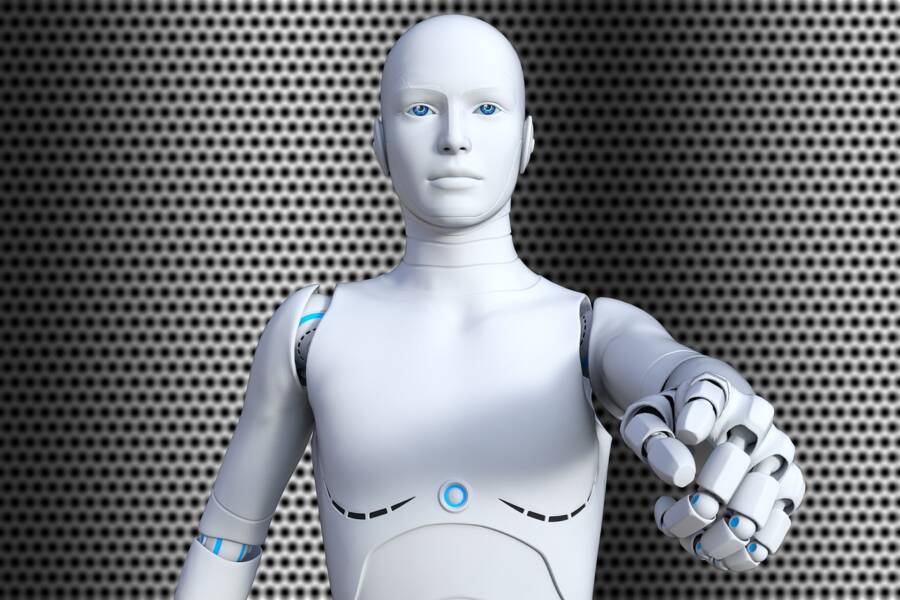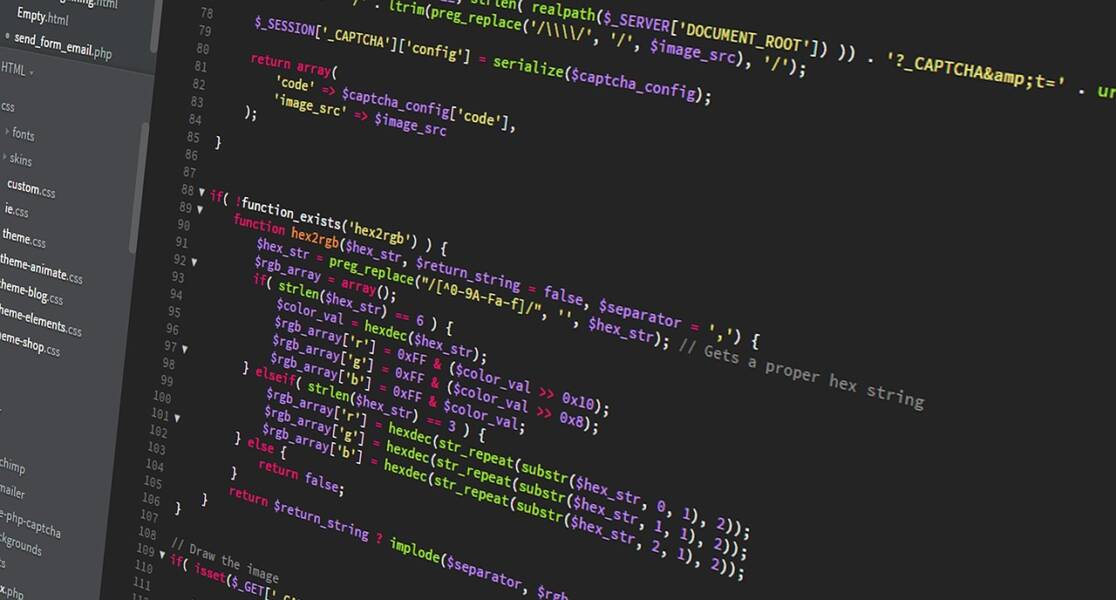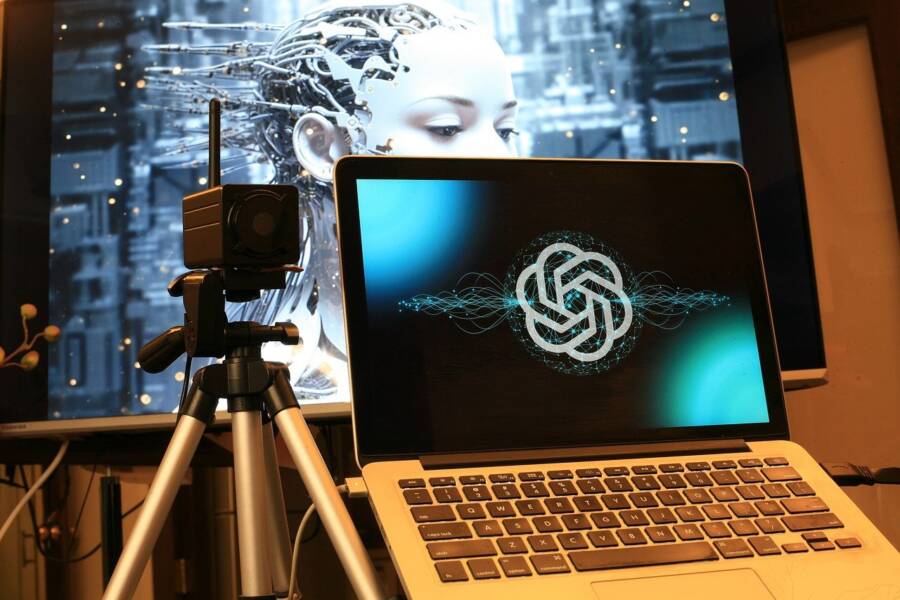Artificial intelligence (AI) is no longer new to Internet users, but some words related to the subject are still unknown to a large part of the web. Despite the popularization of tools like ChatGPT or Microsoft Copilot, terms like “machine learning” or “language model” often raise questions among internet users. Therefore, in the list below, Techbusiness presents some common expressions when it comes to artificial intelligence, as well as examples of how this technology is present in users’ routines.

Terms about artificial intelligence
Artificial intelligence is a technology created to simulate human intelligence, enabling machines and software to have some degree of autonomy to make decisions (based on algorithms). This definition is already known to many users, but there are still some words related to the subject that may raise some doubts. Below, see terms and examples about AI.
What is machine learning?
Machine learning, also known as machine learning, is a process in which artificial intelligence can learn from data presented to it. In other words, AI acquires knowledge through the collection and organization of a set of data on different subjects. The technology is based on this sample of information to make decisions and perform tasks automatically and autonomously. The larger the datasets, the better the AI performs and learns.
There is also deep learning, called deep learning. The difference is that it uses artificial neural networks to imitate the human brain and make decisions. Thus, the system is able to hierarchize and understand information in a more complex and in-depth way, allowing the AI to learn without so much human interference and being able to identify images and speech in a more assertive way.
What is natural language processing?
Another common term related to artificial intelligence is natural language processing. In practice, it is the ability to automatically understand human language during the interaction between AI and humans. For example, when an AI chatbot like ChatGPT receives a question or request in natural language, it is able to analyze the message and context to produce a response in the same language.
There are two main types of artificial intelligence: narrow AI (ANI), designed to perform a narrow task, such as facial recognition, and artificial general intelligence (AGI), focused on simulating human intelligence and performing varied tasks, such as: making decisions, solve problems, acquire knowledge and understand direct and indirect stimuli.
What are chatbots and generative AI?
Chatbots are robots that simulate human speech and chat with their users. This technology is widely used by companies to offer information about services and products, deliver content, among other functions. Generative AI is a system that can generate text, images and other content by responding to requests made in human language.
ChatGPT, for example, is a generative AI chatbot, as it uses artificial intelligence to process human language and understand the question that was asked, then find data and provide answers. Other examples of generative AI chatbots are Gemini Google and Microsoft Copilot.
What are language models?
A language model is a type of AI algorithm that uses deep learning techniques and large data sets to understand, summarize, and create new content. They are a type of generative AI designed specifically to generate text-based content. Just as human beings created languages to communicate, in the AI universe, language models also serve to communicate and generate new concepts.

Language models are mainly used to create texts on different subjects, translate content, summarize large numbers of pages, rewrite certain parts of a text, classify and categorize content, in addition to allowing interaction between humans and generative AI chatbots.
Examples of using AI
There are several examples of the use of artificial intelligence in everyday life. Voice assistants, such as Siri, Alexa and Google Assistant, use technology to respond to user commands. Social media algorithms, such as Instagram, Facebook and TikTok, also use artificial intelligence to recommend content according to user preferences.
Furthermore, AI is present in devices with facial recognition, automatic cell phone corrector and Google search algorithm. The technology still appears in chatbots such as ChatGPT and Gemini Google, as well as software for creating arts, such as DALL-E 2 and Midjourney.

The future of artificial intelligence
There is no way to predict everything that AI will be able to do or create in the future, after all, just like any other technology, it can be used in a positive or negative way. On the one hand, artificial intelligence can make people’s routines even easier, helping with tasks, solving problems and bringing other benefits, such as the ability to develop new medicines and diagnose diseases, for example.
However, technology can also present risks and serious consequences. It can be used by cybercriminals as a tool to facilitate the application of scams and the spread of malware, putting people’s privacy at risk. Even though there is currently no AI that thinks like a human being, this could happen at some point in the future. Therefore, it is important that AI is regulated with specific laws and rules so that its use does not cause harm to society.
TechBusinessHQ is a platform about business insights, Tech, News, SEO, 4IR, digital transformation, AI, Blockchain, Cybersecurity, and social media for businesses.
We manage social media groups with more than 200,000 members with almost 100% engagement.






